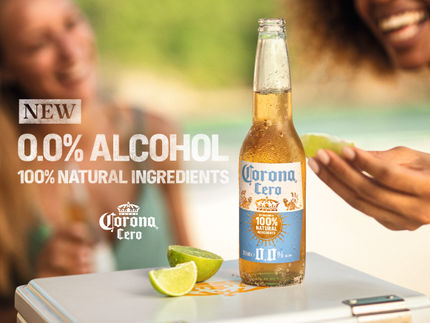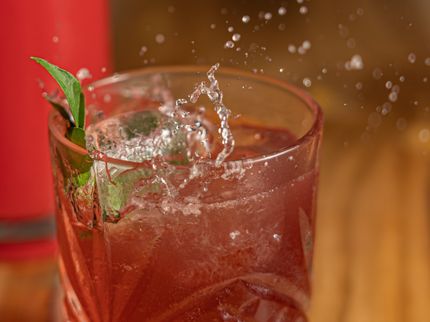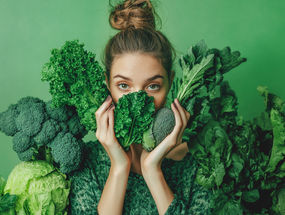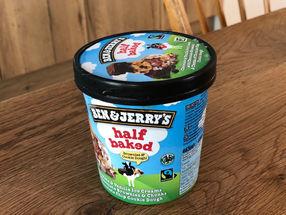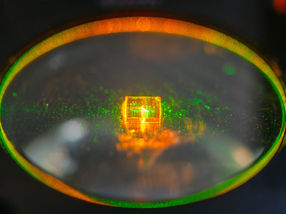No- and Low-Alcohol Products Gain Share Within Total Beverage Alcohol
No/Low Alcohol Consumption Projected to Increase +31% by 2024
While 2020 was a challenging year for beverage alcohol, consumer demand for no-and low alcohol beer, wine, spirits, and ready-to-drink (RTD) products continues to increase. The buoyant no/low category gained share within the total beverage alcohol market last year to 3%, and total volume is forecasted to grow by +31% by 2024, according to the new “No-and Low-Alcohol Strategic Study 2021” from IWSR Drinks Market Analysis.
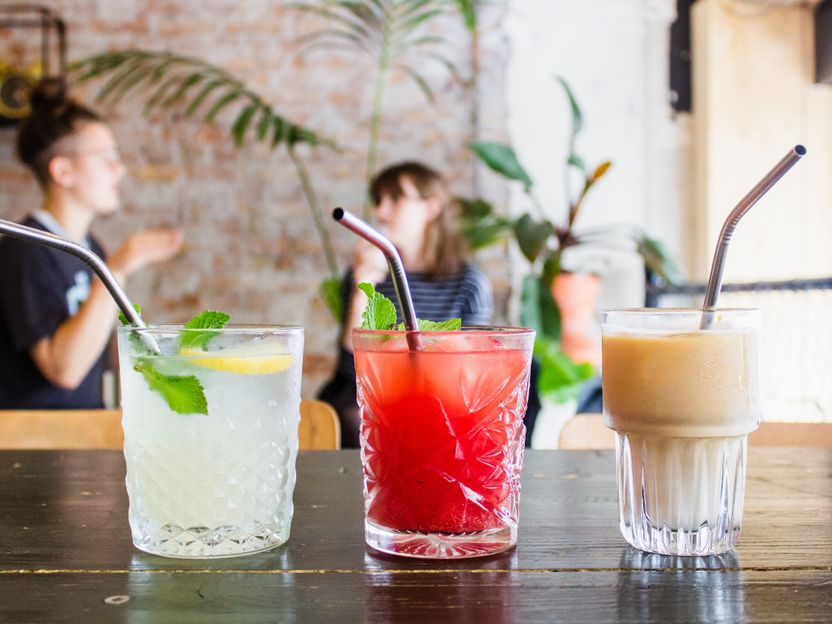
Photo by Louis Hansel @shotsoflouis on Unsplash
The comprehensive new study examines the no/low space in 10 focus countries, Australia, Brazil, Canada, France, Germany, Japan, South Africa, Spain, the UK and the US, representing 75%+ of global no-and-low alcohol consumption.
“What we’re seeing is a moderation trend that’s sweeping across key global markets, and that’s bringing with it increased demand for reduced alcohol, or alcohol-free drinks,” says Mark Meek, CEO of London-based IWSR Drinks Market Analysis. “Brand owners will have an important role to play in the future development of no-and low alcohol, as increasing the breadth of products available to consumers and their price points will support category growth and broaden its appeal.”
While the traditional alcohol market’s greater exposure to bars and restaurants saw it struggle in the wake of mass venue closures across the world, no/low categories have seen largely positive, albeit muted, growth, with a volume consumption increase in the 10 markets of approximately +1% in 2020.
Declines in Germany, Growth in the US and South Africa
No/low alcohol beverages overall are on the rise globally, but some markets proved more resilient than others over the last year. Germany, the largest no/low alcohol market by volume, experienced almost a -5% drop in consumption in 2020, due to reliance of the no/low beer segment in the on-trade at bars and restaurants. Meanwhile, the US, as the next largest market, is currently the most dynamic, with the no/low segment registering over +30% increase in 2020 despite the enormity of the challenges faced by the industry.
Looking ahead, all 10 focus markets in the IWSR study are projected to continue on their growth path through to 2024, with much of the absolute volume growth driven by the US, Germany and Spain. Of those countries, South Africa is expected to experience the highest CAGR volume rate (2020 to 2024), at approximately +16%, albeit from a low base.
Beer Dominates No/Low Alcohol, Spirits Post Largest Volume Increases
Driven by early innovation and investment in quality, the no/low beer and cider category dominates the overall no/low market, commanding a 92% share of the total no/low alcohol segment. Thanks to the investment in the category from the major brewers, consumers are becoming more familiar and accepting of no/low beer as a quality product. While several key beer players continue to steer the category, the market is fragmented with a number of smaller brands vying to establish themselves as market leaders in this space. The segment is likely to become even more of a focus for smaller craft producers who are able to bring a diverse range of products to the market in future.
No/low beer registered a flat performance for the 2019-2020 period, at +0.5%. In contrast, the no/low spirits category –which has only 0.6% share of the no/low market –increased volume sales by +32.7%, largely thanks to new interest in home experimentation among consumers. New product development and increasing consumer demand for no/low spirits will see the category experience the largest volume CAGR rate, 2020 to 2024, at approximately +14%.
Meanwhile, no/low RTD volume grew by +10.2% in 2020, largely driven by a trend for functional alcohol-free RTDs in Japan. No/low wine increased by +4.9% last year, having made strong gains in the US and the UK. Both categories will continue on their growth trajectory through to 2024, each expected to command a 7% to 8% volume CAGR 2020 to 2024.
‘Low’ Versus ‘No’
Broadly, no-alcohol products are outperforming low-alcohol beverages: in 2019-2020, the ‘no-alcohol’ sub-category increased volume by +4.5%, while ‘low-alcohol’ decreased by -5.5%. The decline was driven by the poor performance of traditional low-alcohol beer brands in the high-volume markets of Germany and Spain. However, newer low-alcohol products like spirits and RTDs are particularly resonating with consumers in markets such as the US who are becoming more mindful of what and how much they consume.
“Low-alcohol spirits is smaller thanno-alcohol, but extremely strong growth is expected to continue as companies launch low alcohol by volume (ABV) versions of established brands, and consumers show less concern about 0.0% ABV in this category,” explains Sophia Shaw-Brown, Senior Insights Manager at IWSR.
58% of Consumers Drink No/Low and Full-Strength Alcohol on Same Occasion
Examining the consumer drivers and occasions for drinking no-and low-alcohol beverages, IWSR research shows that people are mainly choosing to drink no/low beverages to ‘avoid the effects of drinking alcohol,’ but also highlights a marked preference for moderation over abstention: more than half (58%) of no/low consumers report that they choose to switch between no/low and full-strength alcohol products on the same occasion, while only 14% state they do not drink alcohol at all.
The most popular occasion to consume no/low products is when relaxing at home (64%), and the category’s suitability to low-tempo occasions is a key reason why it has been so resilient duringthe pandemic. IWSR research also indicates that consumers are consistently pointing towards taste as key to drinking no/low alcohol, which underscores a finding that consumers are generally willing to pay a similar price for a no/low beverage as a full-strength one.
